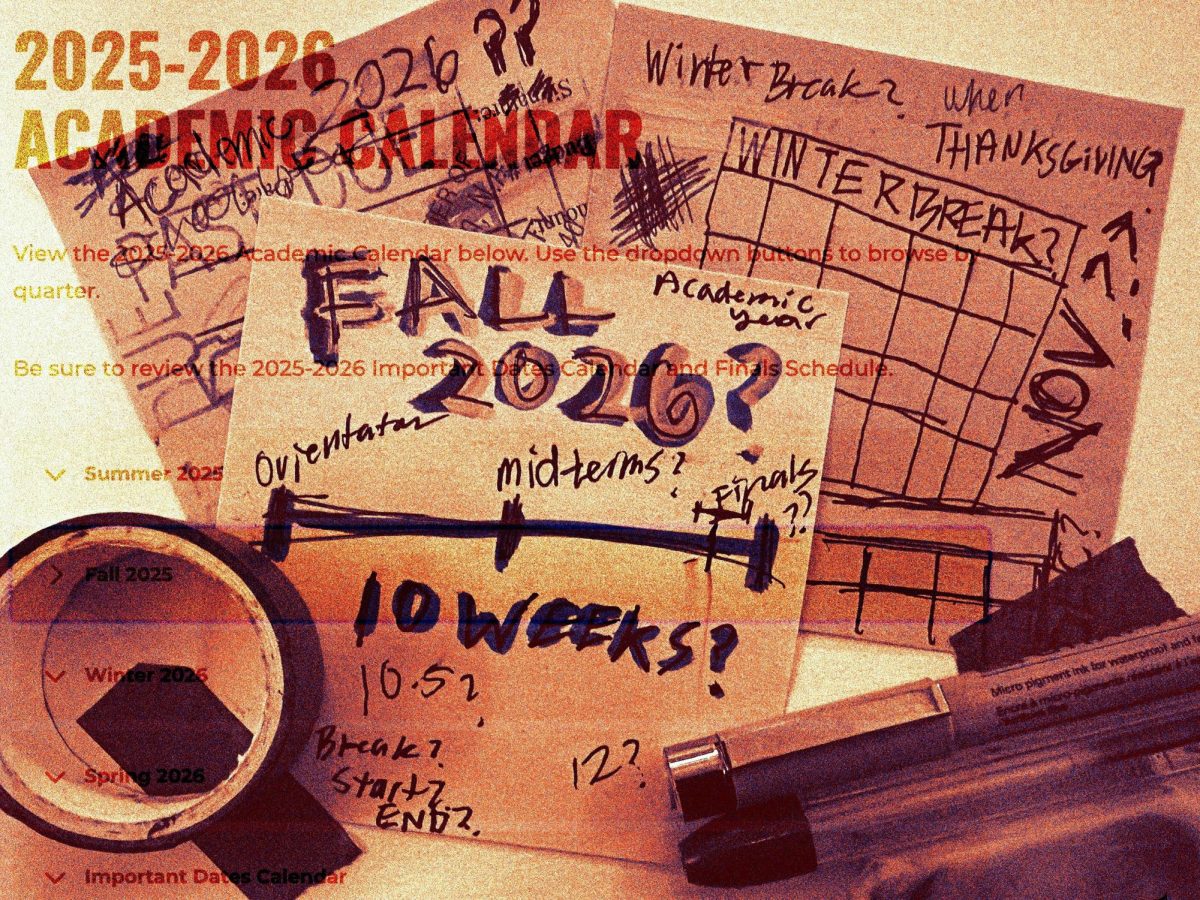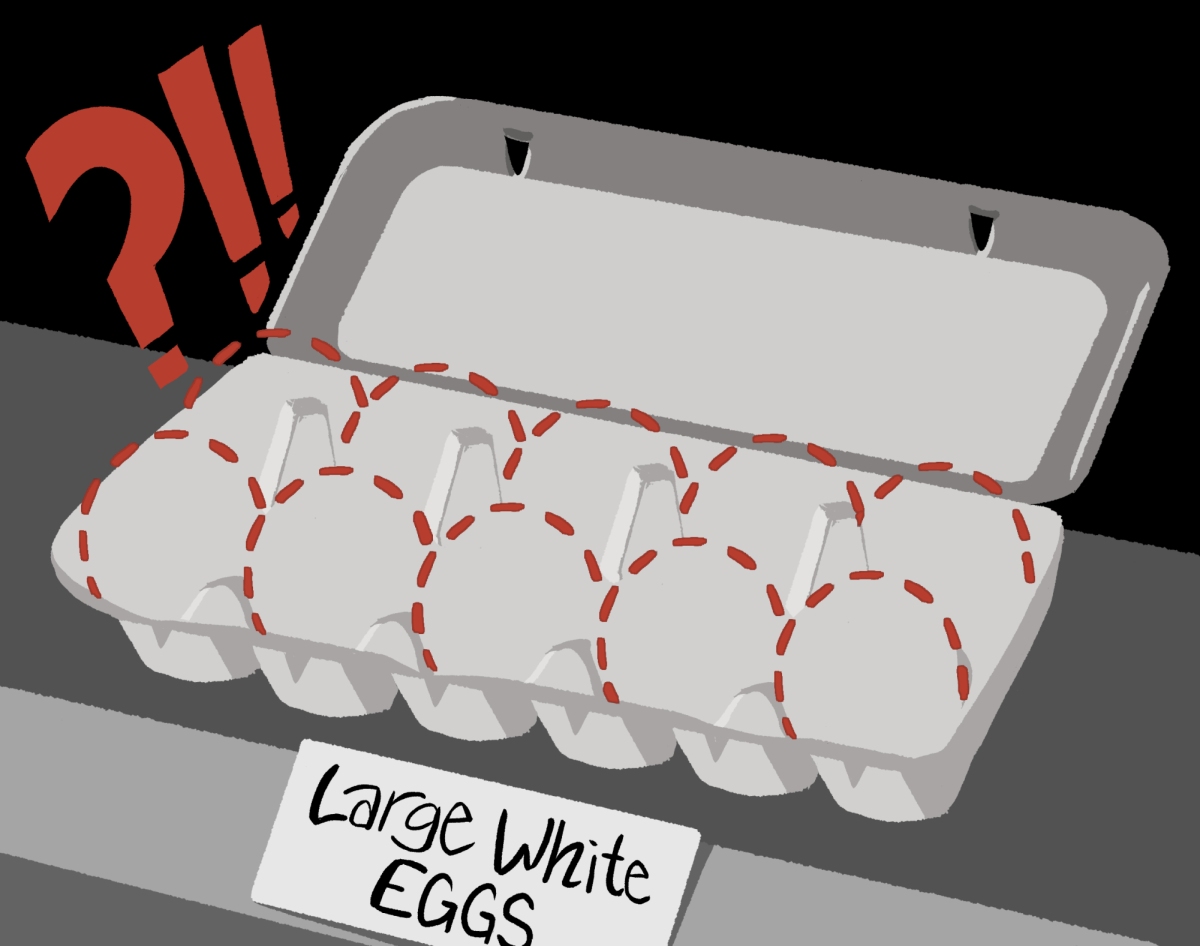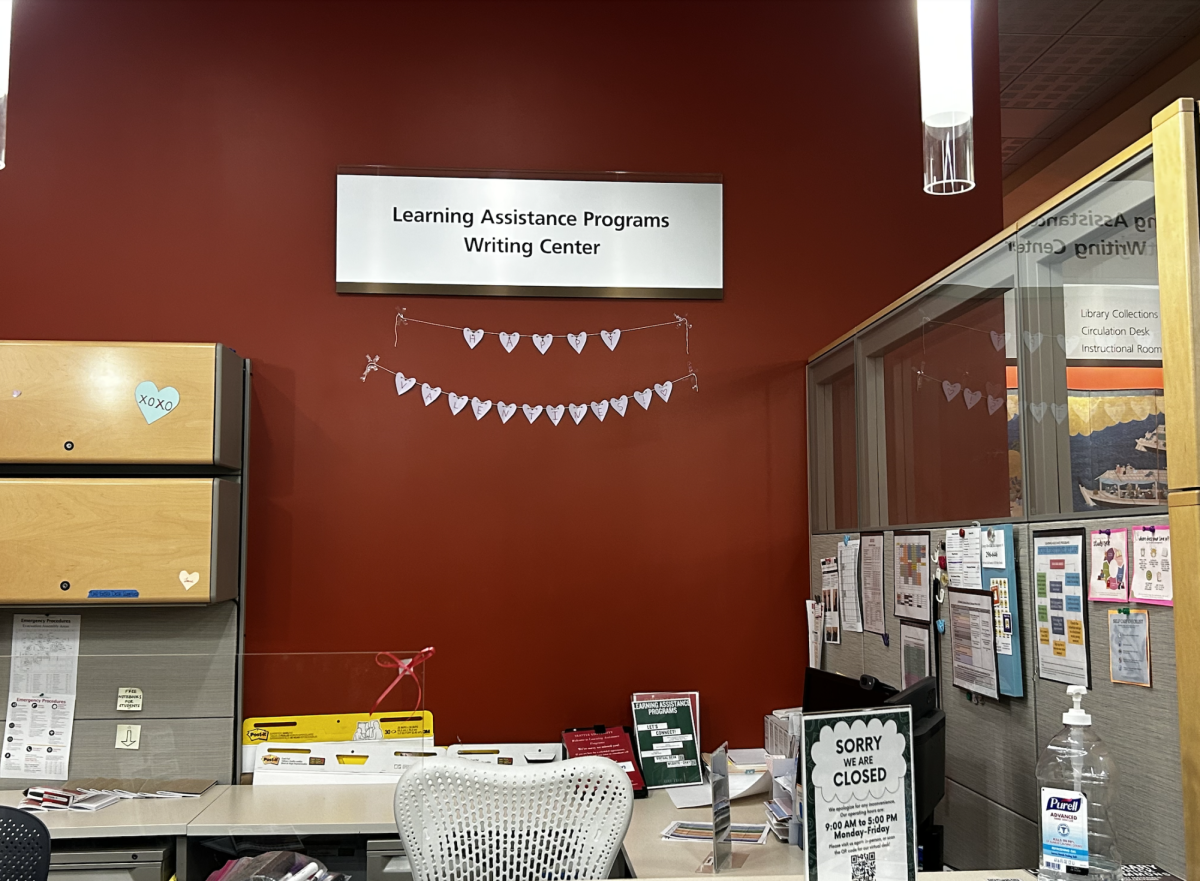“[Taiko] feels like you’re part of something much bigger than yourself,” said second year International Business major and Hidaka Taiko club member Huy Pham. “I felt so connected and present to what was happening.”
Last Thursday, on the first floor of the Student Center, Seattle University’s Hidaka Taiko performed their first ever showcase titled “Makuake,” or, “beginning of an era.” Guest performers from Taiko Kai at the University of Washington and Inochi Taiko joined Hidaka Taiko on stage as well.
The mood in the lantern-draped room was electric as soon as the lights went down. As soon as the drummers began, the beats vibrated through the air so loud and so strong that some could feel the music in their chest.
The audience immediately went wild, some members calling kiai, or calls made by drummers and audience members as part of the performance. One member screamed “That’s my roommate!” when one of the first soloists was up and another later shouted, “Go off, let’s go.”
Second-year management leader and experienced club leader Elias Chanteloup says audience participation is an important part of Taiko.
“If it weren’t for the crowd we had last night, we wouldn’t have performed as well as we did,” Chanteloup said. “Kiai makes Taiko.”
Connection between audience, performers and community is a theme that comes up again and again in Hidaka Taiko since Yukiyo Mitsuishi started the club in fall of 2017. It can be seen in Hidaka Taiko’s mission, which states that “Seattle University’s Hidaka Taiko is dedicated to spreading Japanese culture, energy, and spirit through performing Taiko, the Japanese art of drumming.”
“Taiko unites people without a language,” said Haruka Tsuchiya, a group member and Sophia University exchange student.
Taiko as we know it today has strong roots in Japanese traditional drumming and was brought into its modern form in 1951 where it mingled with other genres like jazz.
Taiko’s popularity in North America began in San Francisco around the 1930s, but the U.S. government issued it a hard blow when Japanese and Japanese American folks were forced into internment during WWII.
Bainbridge Island, just an hour long trip from Seattle U, was the first site of military-led, forced eviction of Japanese and Japanese Americans on the West Coast to concentration camps.
Although many Japanese and Japanese American folks were forced to assimilate after the war, the community, like most marginalized communities in America, met oppression with resilience. One example of the cultural resilience and resistance seems to be when Seiichi Tanaka brought kumi-daiko Taiko to the States and formed the first North American Taiko group, Taiko Dojo, in 1968.
Chanteloup actually learned Taiko under the original Taiko Dojo group as a rising star and has been playing for eleven years. The standing of the Hidaka Taiko is secure while Chanteloup is at Seattle U to lead it, but there are a lot of challenging steps ahead of the club to ensure a prospering future, including getting funding.
“We need to make sure to leave a legacy for future generations to build off of,” Chanteloup said.
The club’s 10 to 12 hours of practice a week is one way that they grind away toward their goals. “Taiko is my social life,” Chanteloup said with laughter.
The group reported that out of their five drums, three of them have holes, and another is forming a small one.
“One is more hole than drum,” Pham said jokingly.
On top of that, all the tires that they practiced on have holes, and two wooden blocks also heroically fell in the name of music.
It looks like a lot of hard work has been done just this academic year. Most Hidaka Taiko members have been playing for less than a year and have already performed in multiple shows.
So far, between donations and companies loaning out supplies, the club has been able to make it work financially—for now.
“It seems like we are one of the fastest growing and improving collegiate Taiko clubs,” Chanteloup said. “When people think of collegiate Taiko, I want them to think of Seattle U.”
Thursday night, the team expressed, was a huge landmark in achieving this goal.
“We were all so nervous,” Chanteloup said. “At the end, I was in tears. My favorite part was turning and walking off and seeing everyone off stage going, ‘No way! We finally did it.’”
Look out for more performances by Hidaka Taiko on June 6 and next academic year.
If folks are interested in joining the club, they can show up to practice Monday and Wednesday from 7:30 p.m. to 9:30 p.m. and Saturday from 2:30 p.m. to 5:30 p.m. Locations vary, so message the group beforehand through Facebook.
The editor may be reached at
news@su-spectator.com







